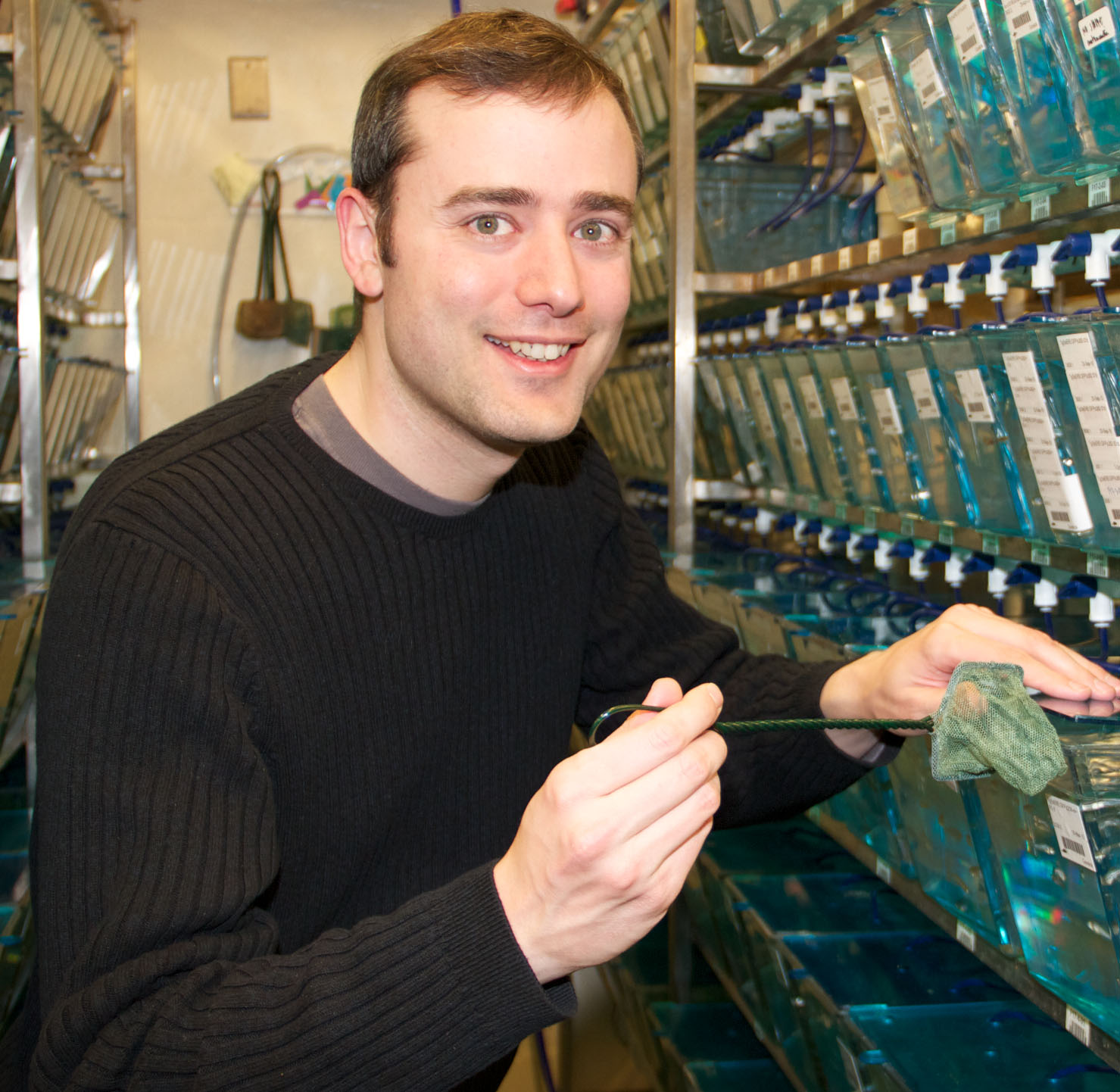As a kid, Dan Gorelick was always interested in science. So one day, when young Dan was having lunch on the Baltimore campus of the National Institutes of Health with his mother, a Baltimore physician, she suggested he work in a lab during the summer.
 Dan balked. Toiling under the glow of laboratory lights wasn’t his idea of an ideal teenage summer. Alas, a stranger (or so Dan thought) intervened. A man from a neighboring table overheard their discussion and offered Dan an opportunity to interview, with other promising high school and college students, for a lab job. Mom sweetened the deal – take the job, she said, and she would deliver with a musical-themed neck tie he’d wanted to wear to the prom. Done. He took the job, culturing cells to better understand how the blood vessels respond to injury.
Dan balked. Toiling under the glow of laboratory lights wasn’t his idea of an ideal teenage summer. Alas, a stranger (or so Dan thought) intervened. A man from a neighboring table overheard their discussion and offered Dan an opportunity to interview, with other promising high school and college students, for a lab job. Mom sweetened the deal – take the job, she said, and she would deliver with a musical-themed neck tie he’d wanted to wear to the prom. Done. He took the job, culturing cells to better understand how the blood vessels respond to injury.
It turns out his mom had set up the job after meeting the man, prominent and well-connected diabetes researcher Jesse Roth, M.D., during a lecture at Johns Hopkins University and asking if he knew of any research opportunities for her son. But his mom's plan worked out for Gorelick.
“I had a great experience there,” said Gorelick, Ph.D., now an assistant professor in the Department of Pharmacology and Toxicology. “That experience got it in my mind that I’d actually want to be a scientist.”
Gorelick (pronounced gor-EL-ick) joined UAB’s School of Medicine faculty in late August 2012 from Baltimore, where he had been a postdoctoral associate at the Carnegie Institution for Science, studying hormone actions during zebrafish development. He said one factor for his choosing UAB was the new Zebrafish Facility Resource, 5,000 square-feet dedicated to the tiny, striped fish with translucent embryos quickly becoming a popular research model. UAB’s facility comes complete with an Animal Resource Program staff responsible for husbandry.
“The reason you go anywhere is that you want to work with good faculty, good resources and good colleagues, and UAB certainly has that,” Gorelick said. “The fact UAB has this cutting-edge core resource where the Animal Resource Program staff takes care of the fish and monitors water quality while I focus on the science is a huge advantage.”
Gorelick is using the zebrafish model now to study how endocrine disrupting compounds that mimic human estrogens affect embryonic development. He said high doses of the hormone can affect reproductive tract development, but said scientists haven’t yet studied much beyond that.
“When I was a postdoc, we found that estrogen could be active in the developing heart valves, which was not known to be a place where estrogens were active. We found some environmental chemicals like bisphenol A (BPA), which you come in contact with by handling certain types of plastic, can actually preferentially activate estrogen pathways in the heart valves compared with other tissues,” Gorelick said. “Now we’re trying to figure out what estrogen is doing in the heart valves, if it promotes proper heart development and what happens to the heart valves if those hormones are perturbed. The fact we’ve found these compounds are acting in the heart suggests there may be potentially unanticipated consequences increasing heart valve malformations.”
Gorelick earned a bachelor’s degree from the University of Pennsylvania in 1997 in music – because, he said, music was fun. But he took science course requirements and upper level science electives. After graduation he began working at Johns Hopkins University School of Medicine as a lab technician studying the genetic basis of neurodegenerative diseases, while also taking biochemistry and organic chemistry courses and singing with the Baltimore Symphony Chorus at night.
He was later accepted to Johns Hopkins, where he earned a Ph.D. in cellular and molecular medicine in 2005. In 2008, while a postdoc at the Carnegie Institution, Gorelick completed an American Association for the Advancement of Science policy fellowship at the U.S. State Department. Gorelick said he could use that experience, along with his two-year stint on the National Postdoctoral Association board of directors, to help postdocs at UAB looking to careers in science policy.
“I want to guide and help students and postdocs develop and realize their full potential.”
Gorelick’s wife, Kerry Gorelick, Ph.D. (also in cellular and molecular medicine from Hopkins) is the manager of web communications for the School of Medicine. They have two young children and one on the way.
And, Dan said, he still has the tie.